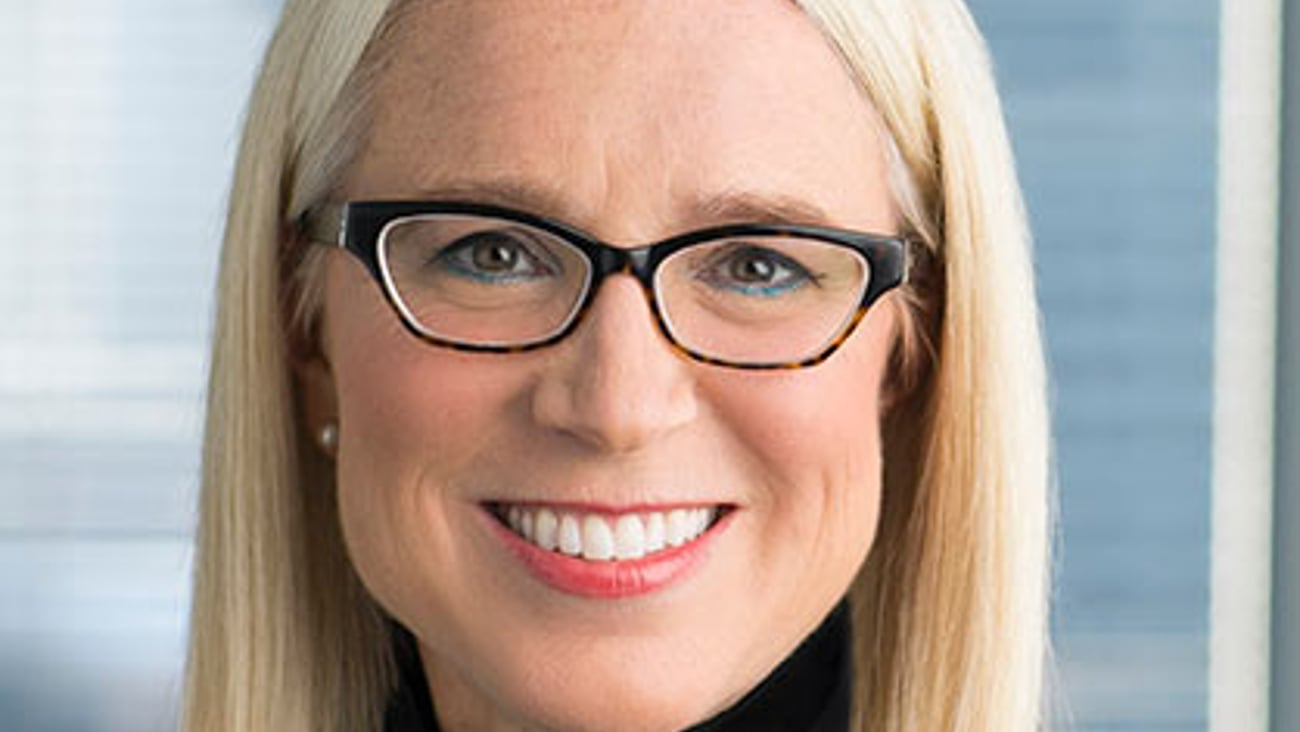Why Amazon's private brand positioning presents challenges for brick-and-mortar retailers
By Ryne Misso
A recent study from InfoScout found that 100 percent of households buy private brands, and the average household is spending $1,200 annually on such products. In turn, we have witnessed an explosion of private brands from grocers, mass merchants and drugstores to try and seize the growing opportunity. Not only have they developed store brand offerings in new categories, but they’ve also introduced different tiers of private brands within categories — spanning from bottom to top shelf — to meet the needs of different shoppers.
Retailers aren’t relying on shoppers to find private brands on their own, either. Data from market intelligence firm MarketTrack showed that in 2017, private brands accounted for 16 percent of weekly circular promotions. That share was much higher for certain private brand-forward retailers like Aldi (72 percent), Save-A-Lot (43 percent) and Harris Teeter (28 percent). Retailers are actively supporting their store brands with marketing efforts to build awareness of their brands and to drive purchases over national brand options.
Though store brands have made inroads against national brands at many retailers, a new threat has emerged that could hurt retailers like Aldi and Save-A-Lot in their efforts to grow their store brands. Surprise, surprise, that threat is from Amazon.com.
Some online retailers’ homepages have turned into modern storefronts. Shoppers can visit a site like Amazon.com and find advertising, promotions and other compelling reasons to make purchases, much like a brick-and-mortar storefront might use circular ads, in-store displays or a samples table in the same way. And if the homepage is the modern storefront, then search-result pages have turned into modern store shelves. How prominently a brand is featured on these digital shelves largely determines whether or not an online shopper will pick that product. An analysis of Amazon’s digital shelves conducted by Market Track revealed that Amazon.com is featuring its private brands more prominently than many brick-and-mortar retailers are in print circulars.
Market Track’s study analyzed the first row of search results for 50 unbranded search terms, spanning food/drink, home consumables, personal care and pet categories on Amazon.com. The study found that 18 percent of first-row search results were for Amazon.com’s or Whole Foods Market’s private brands, slightly higher than the 16 percent print circular share allocated to store brands across U.S. grocery, mass and drugstores. Across all 50 search terms, 90 unique brands appeared in the results. Amazon.com’s and/or Whole Foods’ brands accounted for three of the top five brands appearing in the first row of results.
When isolating consumables categories that are more commonly purchased online, Amazon.com’s and Whole Foods’ share grows much larger. Among first- row results for personal care search terms, for example, 32 percent of the listings were for Amazon.com’s or Whole Foods’ private brands. As shoppers grow more comfortable buying food and beverages online, it’s safe to expect to see more Amazon and Whole Foods brands in premium listing positions.
What’s especially interesting about these findings is that many of the Amazon.com and Whole Foods brands appear as sponsored listings, ensuring their products are among the first shoppers see, regardless of conversion rates, price, ratings and reviews.
This is yet another reason grocery stores, mass merchants and drugstores have to assess their omni-channel marketing and merchandising plans, and strategize on how to grow in a world with Amazon.com. People are only growing more comfortable buying groceries and other consumables online. Amazon.com is making sure that when they do, they are finding Amazon.com’s and Whole Foods’ brands right at the very top of their search results.
Every time a shopper finds an Amazon.com product in the first row of his search, decides to try it and discovers he loves it, it is a threat to the growth of equivalent store brands everywhere else. And if there’s one thing Market Track’s study revealed about Amazon.com, it’s that the online behemoth is taking steps to make it easier for people to find its brands when browsing its site.
Ryne Misso is the director of marketing for Market Track, a global provider of advertising and promotional tracking, brand protection and e-commerce pricing solutions.




